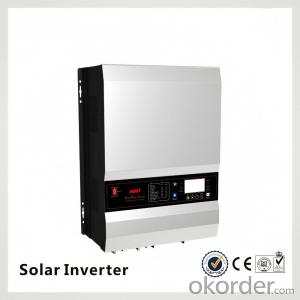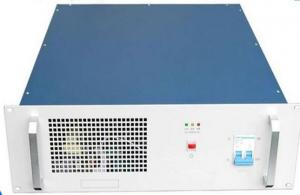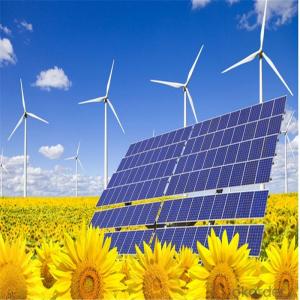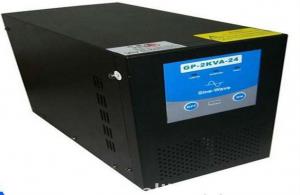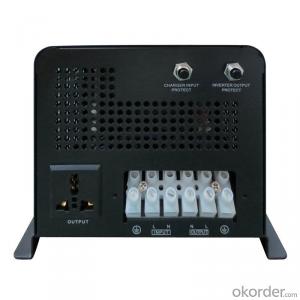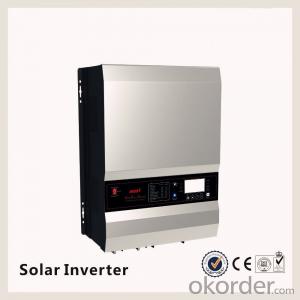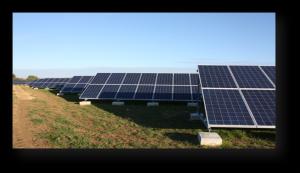Solar Power Inverter 3000 Watt
Solar Power Inverter 3000 Watt Related Searches
Solar Power Inverter For Rv Solar Power Kit With Inverter Inverter In Solar Power Plant Best Solar Power Inverter Home Solar Power Inverter Best Off-Grid Solar Inverter Best Off Grid Solar Inverter On Grid Solar Power Inverter Off Grid Solar System Inverter Best Hybrid Solar Inverter UkHot Searches
Solar Inverter For Fridge Best China Solar Inverter Solar Inverter Supplier In Uae Solar Inverter In Dubai Solar Inverter In Saudi Arabia Solar Inverter In Uae Solar Inverter In Kerala Solar Inverter In Nepal Solar Inverter In Burpengary Solar Inverter In Caboolture Solar Inverter In Chennai Solar Inverter In Lebanon China 10kva Solar Inverter China Solar Inverter 1000kw China Solar Inverter 3kw China 5000w Solar Inverter China 850va Solar Inverter China Infini Solar Inverter Solar Inverter China China Hybrid Solar InverterSolar Power Inverter 3000 Watt Supplier & Manufacturer from China
Okorder.com is a professional Solar Power Inverter 3000 Watt supplier & manufacturer, offers integrated one-stop services including real-time quoting and online cargo tracking. We are funded by CNBM Group, a Fortune 500 enterprise and the largest Solar Power Inverter 3000 Watt firm in China.Hot Products
FAQ
- The power factor affects the performance of a solar inverter by determining the efficiency and reliability of the system. A low power factor can result in increased losses and reduced overall efficiency, leading to higher energy consumption and reduced power output. In contrast, a high power factor improves system performance by minimizing losses and maximizing the utilization of available power, resulting in higher efficiency and better overall performance of the solar inverter.
- The role of a solar inverter in protecting the electrical grid is to efficiently convert the direct current (DC) generated by solar panels into alternating current (AC) that can be safely integrated and synchronized with the existing grid. This helps ensure the stability, reliability, and quality of the electricity being fed into the grid, preventing any potential disruptions or damages that could occur due to inconsistent or incompatible power inputs. Additionally, solar inverters also play a crucial role in monitoring and controlling the energy flow, protecting against grid faults, and providing necessary safety features like voltage regulation and anti-islanding to safeguard both the grid and the solar installation.
- Yes, a solar inverter can be used with a remote control system. Many modern solar inverters are equipped with built-in communication capabilities, such as Wi-Fi or Bluetooth, which allow them to be connected to a remote control system. This enables users to monitor and control the inverter's performance, settings, and parameters remotely, providing convenience and flexibility in managing their solar power systems.
- Yes, a solar inverter can be used in systems with different module tilts. Solar inverters are designed to convert the DC power generated by solar panels into AC power for use in the electrical grid. They are compatible with a wide range of module tilts and orientations, allowing flexibility in system design and installation.
- A solar inverter handles grid disturbances such as voltage sags, swells, and flickers by constantly monitoring the grid's voltage and frequency. When a disturbance occurs, the inverter utilizes its internal control mechanisms to adjust the solar power output accordingly. It can compensate for voltage sags by injecting additional power into the grid, and it can reduce power output during voltage swells to prevent overloading. Additionally, the inverter's control algorithms help minimize flickering by maintaining a stable and consistent power supply to the grid.
- To connect a solar inverter to a data monitoring system, you need to follow a few steps. First, ensure that your inverter is compatible with the data monitoring system you intend to use. Then, connect the inverter to your local network using an Ethernet cable or wireless connection. Next, access the inverter's settings through a web interface or mobile app and enable data monitoring. Finally, input the necessary information, such as IP addresses or log-in credentials, into the data monitoring system to establish the connection between the inverter and the monitoring platform.
- Yes, a solar inverter can be used with a solar-powered water heating system. The solar inverter converts the direct current (DC) generated by the solar panels into alternating current (AC) that can be used to power the water heating system. This allows for efficient utilization of solar energy and ensures the water heating system operates effectively.
- A solar inverter handles variations in solar panel degradation over time by continuously monitoring the performance of the solar panels. It adjusts the power output and voltage levels accordingly to optimize the energy conversion process. This adaptive capability allows the inverter to compensate for any decrease in efficiency caused by degradation, ensuring maximum power generation from the solar panels throughout their lifespan.




